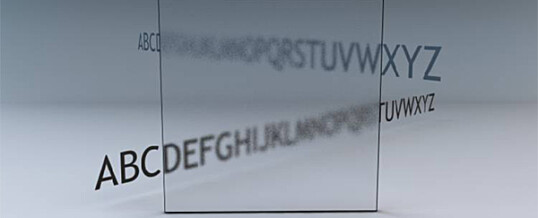
McLeod Group Blog, June 30, 2016
By Liam Swiss and Stephen Brown
The Canadian government has been lauded for its efforts to increase the transparency of its foreign aid. The Aid Transparency Index has ranked Canada’s bilateral aid in the “Good” category for the past few years, below only a handful of the world’s top donor agencies. The government regularly publishes open data online, including its historical project datasets and contributions to the International Aid Transparency Initiative.
Transparency of this degree is certainly to be commended. Even ten years ago, it would be difficult to obtain similar data about Canada’s aid program. Still, questions remain about the depth of transparency on Canadian aid and about the accessibility of the information on offer. In the midst of the international assistance review underway at Global Affairs Canada (GAC), three important questions arise.
How accessible are the data?
Canada’s approach to aid transparency to date has been to provide various slices of project and aggregate data in a range of formats. Some are available in text files that can be opened in spreadsheets; others are in formats according to the specifications of the International Aid Transparency Initiative (IATI), which are unfortunately less accessible.
The sole searchable online source of Canada’s foreign aid project data is found in GAC’s Project Browser which, while suitable for project-by-project information retrieval, provides very limited opportunity to analyze data in a meaningful way in aggregate, historical, or comparative ways. The Project Browser’s accessibility and usability could be significantly improved – particularly to avoid the constraints of Canada’s outmoded and unwieldy common-look-and-feel website requirements. Inspiration for a more accessible and user-friendly system to showcase Canada’s aid can be seen in something like the OpenAid.se portal created by Sweden for the same purpose.
How trustworthy are the data?
Researchers and policy advocates have noted that using Canada’s open aid data can be frustrating. What good are the data if they tell a different story across the various snapshots available? The various datasets do not contain the same projects, timeframes, or even project characteristics and coding. Some datasets are organized by calendar years and others by fiscal years. Some sources have sectoral coding or markers for various themes such as gender equality, disability or climate change; others do not.
These inconsistencies contribute only to confusion for users of open data. Are we able to trust that analysis of the Historical Project Dataset will match that found in the IATI release? Currently, no. A standardized approach to releasing open data that results in consistent and trustworthy information will go a long way to increasing the clarity of transparency in Canada’s open data.
Is transparent data enough?
As useful as data on past disbursements are, they provide only a limited amount of information that matters. First, they tell us nothing about process. For instance, why was a decision to provide $7 million in funding to KAIROS, a well-respected NGO, suddenly reversed by the stroke of the minister’s pen a few years ago? Why did the then Canadian International Development Agency grant $4.5 million to Lundin for Africa, an NGO newly created by a mining conglomerate? (And why can’t we find that project on the GAC Project Browser?)
Second, they tell us very little about future intentions. How much total foreign aid will Canada provide in coming years? The new government has been giving confusing signals about its intentions. The discussion paper for the International Aid Review asserts that it would be “fiscally unrealistic” to reach the UN official development assistance target of 0.7% of gross national income by 2020. However, Prime Minister Justin Trudeau had previously stated, “I think it’s too ambitious for this year and probably for next year as well”, suggesting that almost tripling the aid budget in 2018 remains a possibility.
At the country level, the government’s intentions are equally opaque. How much will it spend in Afghanistan, until recently its largest aid program ever, over the next few years? After the aid review, will the government unceremoniously drop countries of focus, as it has in the past? What will be the impact of the adoption of the proposed five new aid priority themes? What will happen to spending in the areas that are abandoned, such as food security?
Third, transparent data often provides us with anodyne information, rather than the more fundamental matters, such as the issues mentioned above. For instance, one can learn on the GAC website that Minister of International Development Marie-Claude Bibeau spent a reasonable $96.30 on meals during a two-day ministerial retreat in January, yet requests for access to the plans for implementing GAC’s policy for working with civil society go unanswered.
Conclusion
To be sure, Canada has made great progress providing greater access to some of the information needed to understand, implement and advocate for its aid programs and policies. Still, with only limited efforts to answer the questions we raise here, Canada has the potential to bring greater clarity to its policies of transparency and openness. The government can do so by:
- Doing more to make its open data available in ways which make it more accessible and usable for a broad constituency in Canada and beyond;
- Ensuring that its open data sources are easily comparable, linkable and show common information across data sets; and
- Providing greater transparency of process and practice, including how and why decisions are made and what future intentions are.
The consultations currently being held on Canadian aid priorities and policies are an opportunity to inject additional transparency into Canada’s aid program. Addressing these concerns will go a long way to remove the opacity that clouds Canada’s efforts at openness and aid transparency.
